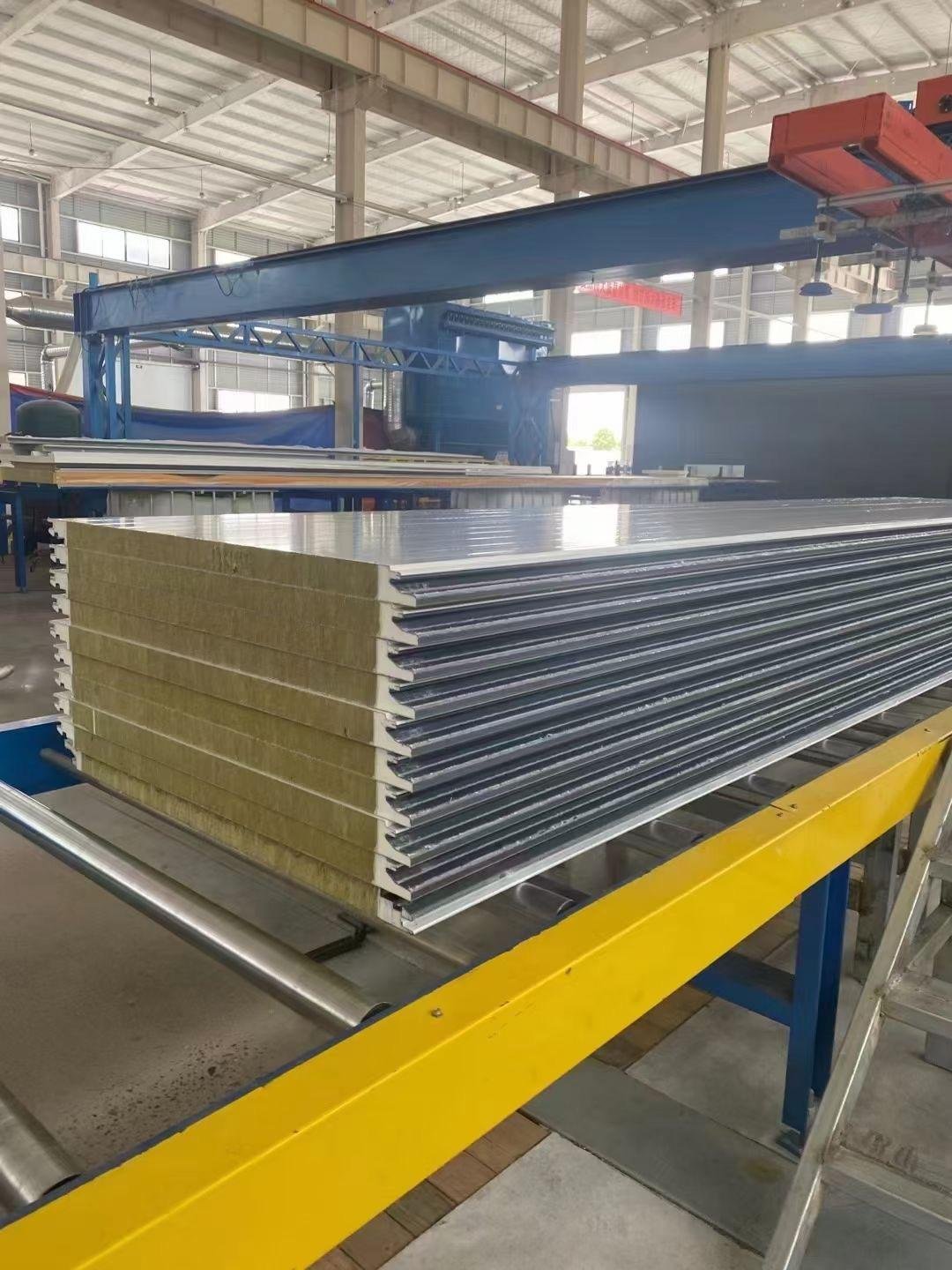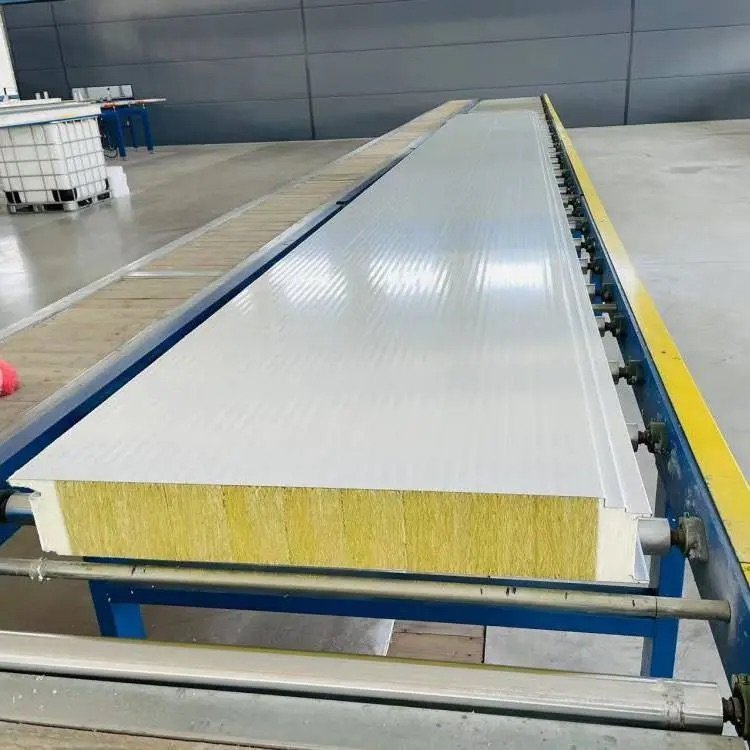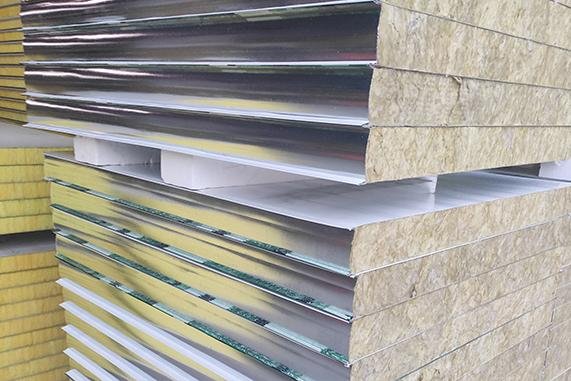
Sealing joints in roof panels is very important. If the joints are not sealed well, water can leak in and cause damage. This can lead to mold and weaken the structure. To stop this, make sure to seal joints properly. This keeps water out, improves insulation, and helps maintain comfortable temperatures in rooms.
Good sealing of joints also makes roof panels last longer. These panels can last 20 to 50 years if the joints are sealed properly. However, poor sealing can lead to early failure. By ensuring that joints are sealed well, your roof remains strong and saves you money for many years.
Key Takeaways
Close gaps in roof panels to stop leaks and keep water out.
Pick the right tools and sealants, like polyurethane or butyl ones, for good sealing.
Check your roof two times a year to find small problems early.
Clean the area well before using sealant for a strong hold and lasting fix.
If leaks continue, hire a roofing expert for proper help and sealing.
Preparation for Sealing Joints
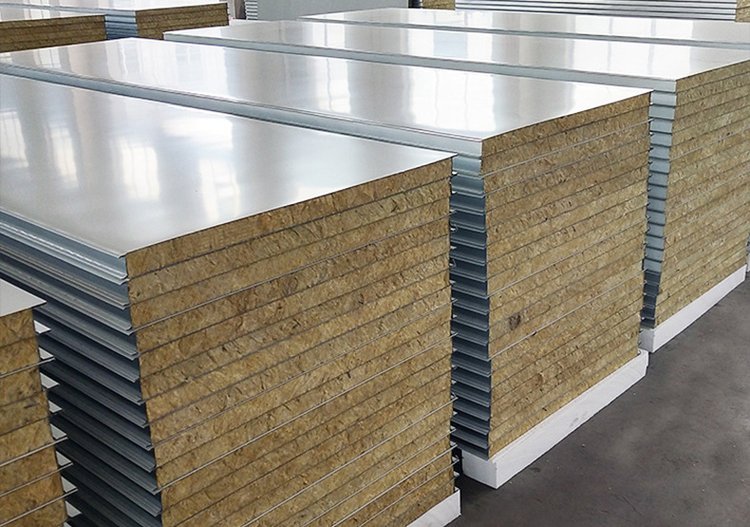
Tools and Equipment Needed
Before sealing joints, gather all the tools you need. Here’s what to prepare:
Sealing tapes or glue: These close gaps and stop leaks well.
Caulking gun: This helps spread sealant evenly on the seams.
Polyurethane or butyl-based sealants: These make strong, waterproof seals.
Cleaning supplies: Use a brush or cloth to clean dirt off surfaces.
Measuring tape and marker: These help mark spots that need sealing.
Having these tools ready makes the job easier and ensures lasting results.
Choosing the Right Sealant
Picking the right sealant is very important. Polyurethane and butyl-based sealants stick well and resist water. Choose a sealant that works with your roof panel material. For instance, some sealants are better for metal, while others suit composite materials. Always read the label to check compatibility and follow the instructions.
Safety Measures to Follow
Sealing roofs means working high up, so safety is key. Follow these safety tips:
Have a safety talk first. Discuss risks and safety rules with everyone.
Work in good weather. Avoid extreme heat, cold, or rain to stay safe.
Use sturdy ladders and scaffolding. Secure them to prevent accidents.
Wear safety gear. Use helmets, gloves, boots, and harnesses for protection.
Keep the roof clean. Sweep away dirt to avoid tripping while working.
Add guardrails and safety nets. These help prevent falls and injuries.
By following these tips, you can work safely and seal joints properly.
Step-by-Step Process to Seal Joints
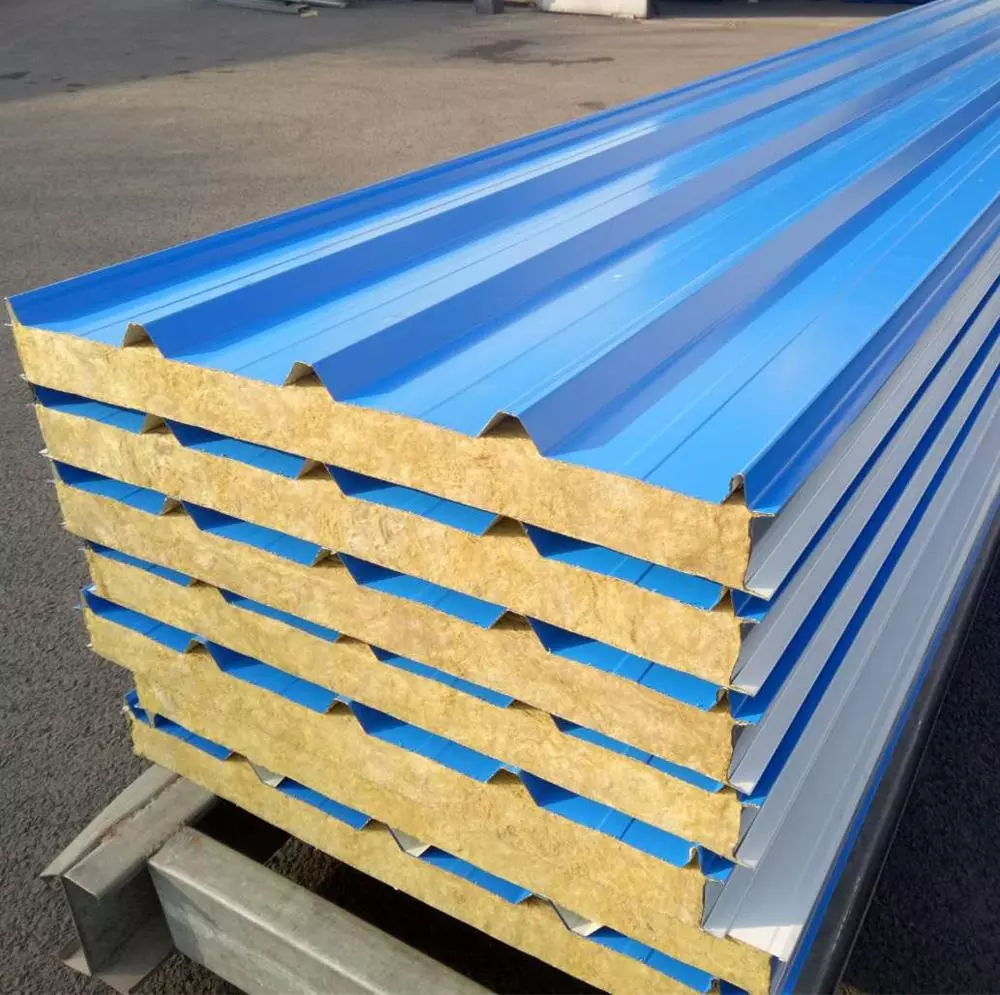
Cleaning and Preparing the Surface
Before using any sealant, clean and prepare the surface well. This step helps the sealant stick better and last longer. Follow these steps:
Use a brush or cloth to remove dirt and dust.
Clean oil or grease stains with the right cleaning product.
Make sure the surface is fully dry before continuing.
Tip: A clean surface helps the sealant work better and stops leaks. Skipping this step can cause weak seals and early problems.
Cleaning properly has many benefits:
It removes dirt, oil, and grease from the surface.
It helps the sealant stick better.
It makes the sealing process more effective.
Identifying and Marking Sealing Points
After cleaning, find the areas that need sealing. These are usually the joints or seams between roof panels. Use a measuring tape and marker to mark these spots. Marking helps you avoid missing important areas.
Note: Pay extra attention to corners and edges, as they often leak.
Applying the Sealant
With the surface clean and points marked, apply the sealant. Follow these steps for a good result:
Put the sealant in a caulking gun for easy use.
Apply a steady line of sealant along the marked seams. Keep it even.
For metal panels, use elastic sealants to block UV rays.
If suggested, spray foam between panels and use acrylic tape inside.
Pro Tip: Always follow the maker’s instructions for the sealant and how to use it. This helps the sealant work well and last longer.
Applying the sealant correctly is very important. It stops water from leaking in and keeps the roof safe.
Ensuring Proper Curing
Curing is the last and most important step. It helps the sealant create a strong and lasting bond. If curing is skipped, the sealant might fail. This can cause leaks and make the roof weaker. Follow these steps to ensure proper curing:
Read the Instructions
Each sealant has its own curing needs. Check the label or guide. It will tell you how long curing takes and what conditions are needed.Give Enough Time
Most sealants need 24 to 48 hours to cure. Do not touch or move the sealed areas during this time. Rushing can make the bond weaker.Keep Good Conditions
Curing depends on temperature and humidity. Follow the temperature range on the sealant label. High humidity slows curing, and too much heat can dry it unevenly.Check the Sealed Areas
After curing, look at the sealed joints for gaps or uneven spots. If you see problems, add a little more sealant to fix them. This ensures no water can get through.
Tip: Keep the roof safe from heavy rain or bad weather while curing. Use a temporary cover if needed.
Good curing makes the seal stronger and helps your roof last longer. By doing these steps, the sealant will work well and stop leaks.
Avoiding Common Mistakes

Picking the Wrong Sealant
Using the wrong sealant can cause problems. Some sealants don’t stick well to certain roof materials. Others might not handle bad weather. For instance, indoor sealants won’t last on outdoor roofs. Always read the label to check if it works with your roof. A good sealant should stick strongly, keep water out, and last a long time.
Skipping Surface Cleaning
Not cleaning the surface is a big mistake. Dirt, grease, or water can stop the sealant from sticking. This can leave gaps or leaks, causing water damage and wasting energy. Loose or too-tight screws can also weaken the panels. The table below shows how these mistakes affect performance:
Mistake Type | How It Affects Performance |
|---|---|
Gaps or leaks | May cause water damage and waste energy. |
Loose screws | Can make panels shaky and unstable. |
Over-tight screws | Can crack or bend panels, ruining their strength. |
To avoid these problems, clean the surface well and check the screws before sealing.
Using Too Much or Too Little Sealant
Applying too much or too little sealant can cause issues. Too much makes a mess and wastes material. It also takes longer to dry, leaving the roof open to leaks. Too little sealant leaves gaps where water can get in. Use an even line of sealant along the seams for the best results. This protects your roof and seals joints properly.
Tip: Follow the maker’s guide for the right amount of sealant to use.
Ignoring Manufacturer Guidelines
Not following manufacturer guidelines can cause big problems. These rules help the sealant work well and last a long time. Skipping them can lead to weak seals, leaks, and expensive fixes.
Why Manufacturer Guidelines Matter
Makers test their products in certain conditions. Their instructions show the best way to apply, cure, and maintain the sealant. Following these steps ensures the sealant works well with your roof panels.
Here are mistakes you might make by ignoring these rules:
Using the Wrong Application Method
Each sealant has a proper way to apply it. Some need a caulking gun, others need a spatula. Using the wrong tool can leave gaps or uneven seals.Disregarding Temperature and Humidity Requirements
Sealants need the right temperature and humidity to cure. Extreme heat or cold can weaken the bond. Always check the label for the best conditions.Skipping Recommended Thickness
Makers tell you how thick the sealant layer should be. Too much or too little can make it less effective. Use a tool to measure if needed.Overlooking Compatibility
Not all sealants work with every roof material. Some may not suit metal or composite panels. Always check if the sealant matches your roof.
Tip: Keep the product label or manual nearby. It’s a helpful guide to avoid mistakes.
By following these guidelines, you stop leaks and make your roof last longer. Ignoring them might save time now but causes bigger issues later.
Maintenance for Long-Term Sealing
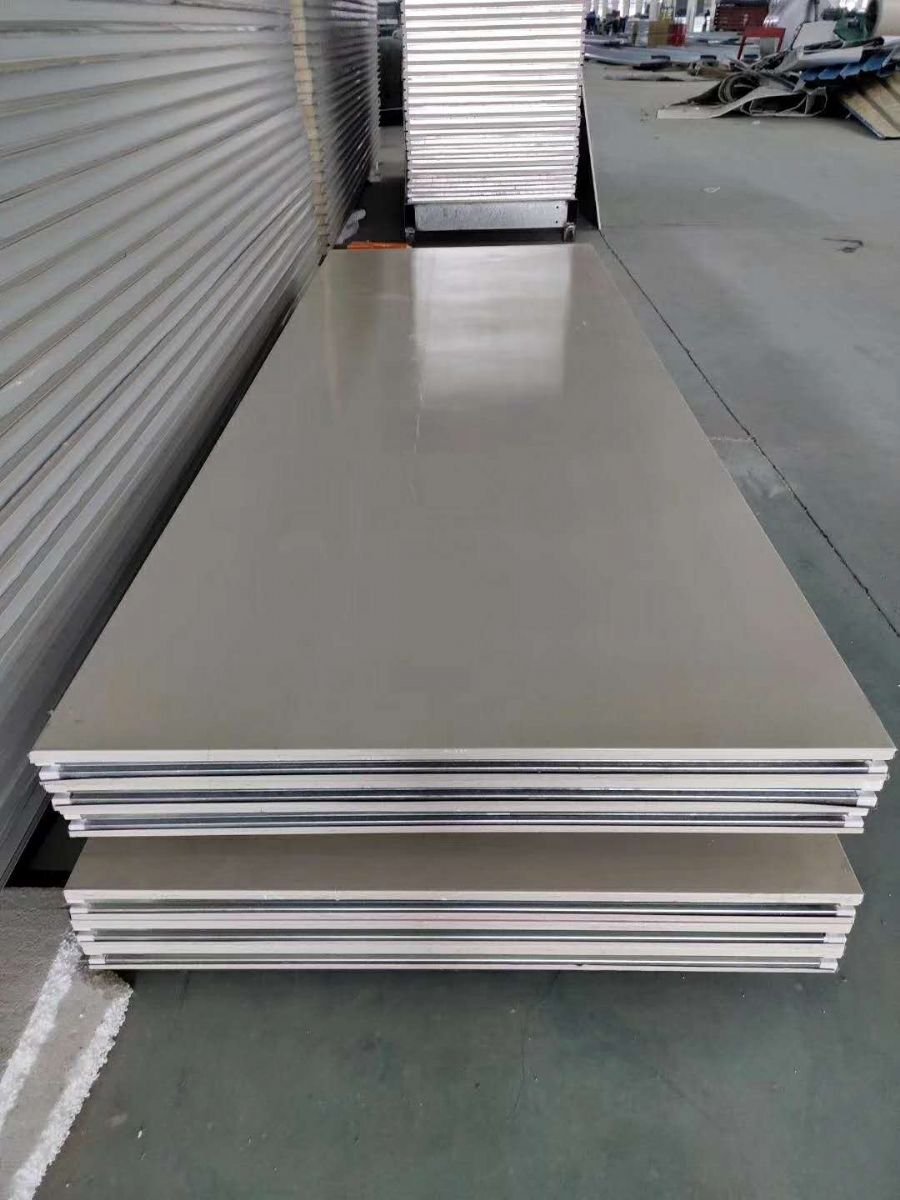
Regular Inspections and Repairs
Checking your roof often keeps it in good shape. Inspect your roof at least once a year to find small problems early. Here’s why regular checks and fixes matter:
They make your roof last longer by fixing small damage.
Yearly checks can spot issues like loose screws or gaps.
Fixing problems early saves money on big repairs later.
Checking screws and sealant stops water from getting inside.
Keeping flashing in good shape prevents moisture damage.
Tip: Look closely at seams and joints during checks. Well-sealed seams keep water out and protect your roof from leaks.
Regular inspections help you avoid costly repairs and keep your roof strong.
Reapplying Sealant When Necessary
Sealants wear out over time because of weather and aging. Adding new sealant when needed keeps your roof waterproof. Follow these steps to know when and how to reapply sealant:
Check the Sealant Often
Look for cracks, peeling, or gaps. These mean it’s time for new sealant.Clean the Area First
Remove old sealant and clean the surface well. A clean area helps the new sealant stick better.Pick the Right Sealant
Use a sealant that works with your roof material. Polyurethane or butyl-based sealants are great for most roofs.Apply Evenly
Use a caulking gun to spread the sealant in a smooth, even line.
Note: Adding new sealant quickly stops water from leaking in. This simple step helps your roof last much longer.
Protecting the Roof from Weather Damage
Bad weather can harm your roof, especially during storms or heatwaves. Protecting your roof from weather is key to keeping it sealed. Try these tips:
Seal Properly
Use good sealants and methods like foam or liquid membranes to block moisture. A well-sealed roof can handle tough weather for years.Add Protective Features
Install gutters and downspouts to move water away from the roof. This stops water from pooling and causing harm.Do Seasonal Cleaning
Clear leaves, snow, or other debris off the roof often. Debris can hold water and weaken the seal.Check After Storms
Look for damage after bad weather. Fixing small problems quickly stops them from getting worse.
Example: A homeowner built a SIP house in 2008 but had moisture damage from air leaks. Using proper sealing, like liquid membranes, could have saved them from costly repairs and kept the roof strong for years.
These steps protect your roof from weather damage. A well-cared-for roof stops leaks and saves money over time.
When to Seek Professional Help
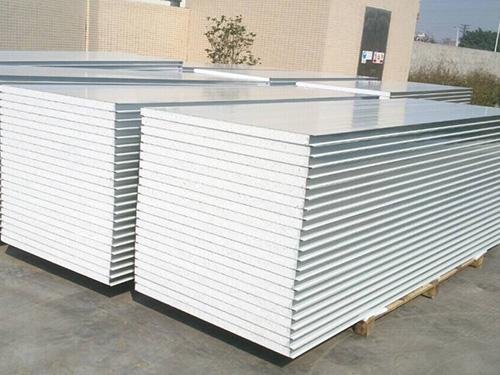
Spotting Signs of Bad Sealing
Sometimes, your roof panels may not be sealed well. Look for these warning signs:
OSB boards bending or curling due to poor waterproofing.
Air leaking through seams or joints, raising energy bills.
These issues can harm your roof and cost a lot to fix. Check your roof often for these problems. If you see any, take action quickly.
Tip: Check areas near vents, chimneys, and skylights carefully. These spots often have sealing problems.
Why Hire a Roofing Professional
Fixing sealing problems yourself might not always work. Hiring a roofing expert has many benefits. They have the right tools and know-how to fix problems properly. Experts make sure all joints and seams are sealed to stop leaks.
Professionals also use better materials that last longer. They follow rules to keep your roof strong and leak-free. Plus, they can find hidden problems you might miss.
Why it’s smart: Hiring an expert saves time and avoids mistakes. It also ensures your roof is well cared for.
If you’re unsure about your roof or see ongoing issues, call a pro. Their skills can protect your home and make your roof last longer.
Sealing joints in roof panels is very important. It stops leaks and keeps the roof strong. Cleaning debris and checking for leaks help the roof last longer. Inspect your roof two times a year to find small problems early. Fixing these issues quickly avoids costly repairs. Adding new sealant when needed makes the roof more reliable. This keeps it in good shape for years. If problems don’t go away, ask a professional for help. They can seal the roof properly and protect it for a long time.
Tip: Use maintenance systems to track fixes and make better choices.
FAQ
What is the best sealant for roof sandwich panels?
Polyurethane and butyl-based sealants are the best choices. They make strong, waterproof seals and handle bad weather well. Always read the label to ensure it matches your roof material.
How often should you inspect roof joints?
Check roof joints at least twice a year. Regular inspections help find cracks or gaps early. Fixing these quickly avoids expensive repairs and keeps the roof lasting longer.
Can you seal roof joints during rainy weather?
Do not seal roof joints in the rain. Wet surfaces stop the sealant from sticking properly. Wait for dry weather so the sealant bonds well and cures correctly.
How do you remove old sealant before reapplying?
Use a scraper or knife to take off old sealant. Wipe the area clean with a cloth to remove leftover bits. A clean surface helps the new sealant stick better and last longer.
What are the signs of a poorly sealed roof?
Watch for water stains, damp areas, or higher energy bills. These show leaks or air gaps in the roof. Fix these problems quickly to avoid more damage.
Tip: Keep a record of inspections and repairs. This helps you stay on top of maintenance and avoid big issues.

